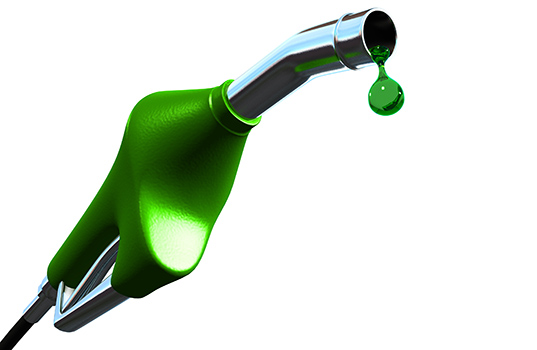BioEnergy Consult: Biofuels from MSW – An Introduction
Nowadays, biofuels are in high demand for transportation, industrial heating, and electricity generation. Different technologies are being tested for using MSW as feedstock for producing biofuels. This article will provide a brief description of biochemical and thermochemical conversion routes for the production of biofuels from municipal solid wastes.
Biochemical conversion
The waste is collected and milled, particles are shredded to reduce the size of 0.2-1.22 mm. MSW is pretreated to improve the accessibility of enzymes and make use of the enzymes in the bacteria for biological degradation on solid waste. The mixture of biomass is mixed with sulfuric acid and sodium hydroxide and autoclaved. After steam treatment, the mixture is filtered and washed with deionized water. The pre-treated mixture is then dried and drained overnight. The pre-treatment process improves the formation of sugars by enzymatic hydrolysis, avoids the loss of carbohydrates, and avoids the formation of by-products inhibitory.
After pre-treatment (pre-hydrolysis), the mixture undergoes enzymatic hydrolysis for the conversion of polysaccharides into monomer sugars, such as glucose and xylose. The common enzymes used for starch-based substrates are amylase, pullulanase, isoamylase, and glucoamylase. Whereas for lignocellulose-based substrates cellulases and glucosidases.
Finally, the mixture is fermented; sugars are converted to ethanol by using microorganisms such as bacteria, yeast or fungi. The cellulosic and starch hydrolysates ethanolic fermentation were fermented by M. indices at 37 °C for 72 h. The fungus uses the hexoses and pentoses sugars with a high concentration of inhibitors (i.e. furfural, hydroxymethylfurfural, and acetic acid).
The composition of MSW feedstock affects the yield of the subsequent processes. A high composition of food and vegetable waste is more desirable, as these wastes are easily degradable and result in high yields compared to paper and cardboard.
Thermochemical conversion
The gasification process is carried out by treating carbon-based material with either oxygen or steam to produce a gaseous fuel that requires high temperature and pressure. It can be described as partial oxidation of the waste. At first, waste is reduced in size and dried to reduce the amount of energy used in the gasifier.
The carbonaceous material oxidizes (combines with oxygen) to produce syngas (carbon monoxide and hydrogen) along with carbon dioxide, methane, water vapor, char, slag, and trace gases (depending on the composition of the feedstock). The syngas is then cleaned to remove any sulfur or acid gases and trace metals (depending on the composition of the feedstock).
The main uses of syngas are direct burning on-site to provide heat or energy (by using boilers, gas turbines or steam-driven engines) and refined to liquid fuels such as gasoline or ethanol.
Syngas can then be converted into biofuels and chemicals via catalytic processes such as the Fischer-Tropsch process. The Fischer-Tropsch process is a series of catalytic chemical reactions that convert syngas into liquid hydrocarbons by applying heat and pressure. Hydrocracking, hydro-treating, and hydro-isomerization can also be part of the “upgrading” process to maximize quantities of different products.
To know more, please check BioEnergy Consult.



